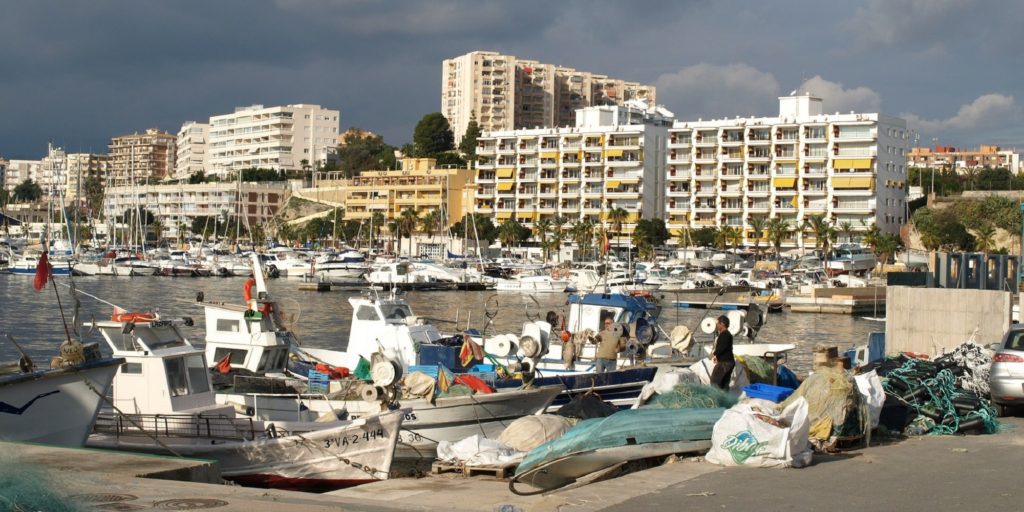At the beginning of the 14th century, the first evidence of the use of dried fish to feed cattle, poultry, horses, and camels had been reported. It has also been mentioned in “The Travels of Marco Polo”. At the beginning of 1910, animals especially, poultry growers have become aware of the useful effects of fishmeal and started feeding the poultry with partially processed fishmeal on daily basis.
In 1970s, the United Nations Sea Laws set out the fishery zone in two hundred miles that have greatly affected not only the fish feed industry of Japan but also the export of seafood. The Government of Japan took an active step to meet this challenge. They implement modern development technologies for the vigorous development of fisheries in the nearby waters and concentrate on the expansion of the coastal area of fish.
Japan ranked first in the world for fish production. The Annual production of fish in Japan is more than 10 million tons, out of which 90% are Sardine japonicas and Trachurus japonicas. The Aquaculture industry of Japan grows rapidly since World War II. In recent years, Japan has developed the safest ways of producing aquatic feed. The total world production of Aquaculture is 1,301,437 tons, worth 4,376 million US dollars, which corresponds the 36% of the total value produced and supplied by Japan.
|
Market year |
Annual production (1000 metric tons) |
|
1964-1970 |
341-714 |
|
1971-1980 |
778-859 |
|
1981-1990 |
880-700 |
|
1991-2000 |
373-227 |
|
2001-2010 |
222-183 |
|
2011-2020 |
186-180 |
Famous fishmeal companies manufacturing and supplying fish feed in Japan:
- Skretting-Nutreco Group: located in Fukuoka, Japan. It is the leading fishmeal company in the world involved in the manufacturing and supply of fish feed for the sustainable production of
- Umitron-Pte.Ltd: located in Shinagawa, Japan. It is a Singapore-japan based fishmeal company aimed to providing fish feeds, solving problems of food by promoting technology.
- Marine stewardship council: fishmeal supplier located in Chuo-Ku, Japan. It supplies seafood and works for sustainable fish production. It has a wing named “Optiline – Diets Feed” working to provide good quality fish feed (satisfy all the nutritional needs for fish development and growth) at minimum
Japan has some natural and developed advantages that help it to gain excellence in fish production and ranked topped as fishmeal manufacturer, fishmeal supplier, and fishmeal exporter. These advantages are listed below:
- Surprising toasts and turns with many best marina (harbor).
- A large fishing ground of
- Development of advanced technologies for multiplying aquaculture
- The seawater that has been disturbed by the combined action of Kuril cool current and Japanese warm current (near Hokkaido) brings nutrient on sea surface that helps phytoplankton growth. Thus, making fish resources rich and establish the world’s first- ever fishing ground named Hokkaido Fishing
The fishmeal manufacturer prepared it in four different forms:
- Mash feed (MP): available in powdered form, used for moist pellets or pummel
- Dry pellets (DP): available in different sizes depending upon the fish species. It is molded into cylinder-shaped blocks by a pellet
- Extruded pellet (EP): prepared by passing through high temperature and pressure that makes it highly digestible and palatable. It is also called high-fat
- Also available in granular form as feed for the fish
Although Japan is still the leading country in fish feed production the situation is different today. The increased demand of seafood for eating purposes and worldwide legislation and coming researches about the certain disadvantages of using fishmeal in animal diet (Gyserosinis production due to overheating, damage of mucous membrane in poultry due to high concentrations of Histamine in fishmeal, Retrogression of protein etc.) has significantly decreased its demand worldwide. Increase in fishmeal manufacture prices during the recent few years caused a rapid and too much increase in its price. As a result, aquaculture industry and other animal growers find alternative means of feed that costs less.
References:
Cashion, T., Le Manach, F., Zeller, D., & Pauly, D. (2017). Most fish destined for fishmeal production are food‐grade fish. Fish and Fisheries, 18(5), 837-844.
Ido, A., & Kaneta, M. (2020). Fish Oil and Fish Meal Production from Urban Fisheries Biomass in Japan.
Sustainability, 12(8), 3345.
Jang, H. G., & Yamazaki, S. (2020). Community-level analysis of correlated fish production in fisheries and aquaculture: The case of Japan. Marine Policy, 122, 104240.
Péron, G., Mittaine, J. F., & Le Gallic, B. (2010). Where do fishmeal and fish oil products come from? An analysis of the conversion ratios in the global fishmeal industry. Marine policy, 34(4), 815-820.
Abdul Kader, M., Koshio, S., Ishikawa, M., Yokoyama, S., Bulbul, M., Nguyen, B. T., … & Laining, A. (2012). Can fermented soybean meal and squid by‐product blend be used as fishmeal replacements for Japanese flounder (P aralichthys olivaceus)?. Aquaculture Research, 43(10), 1427-1438.

